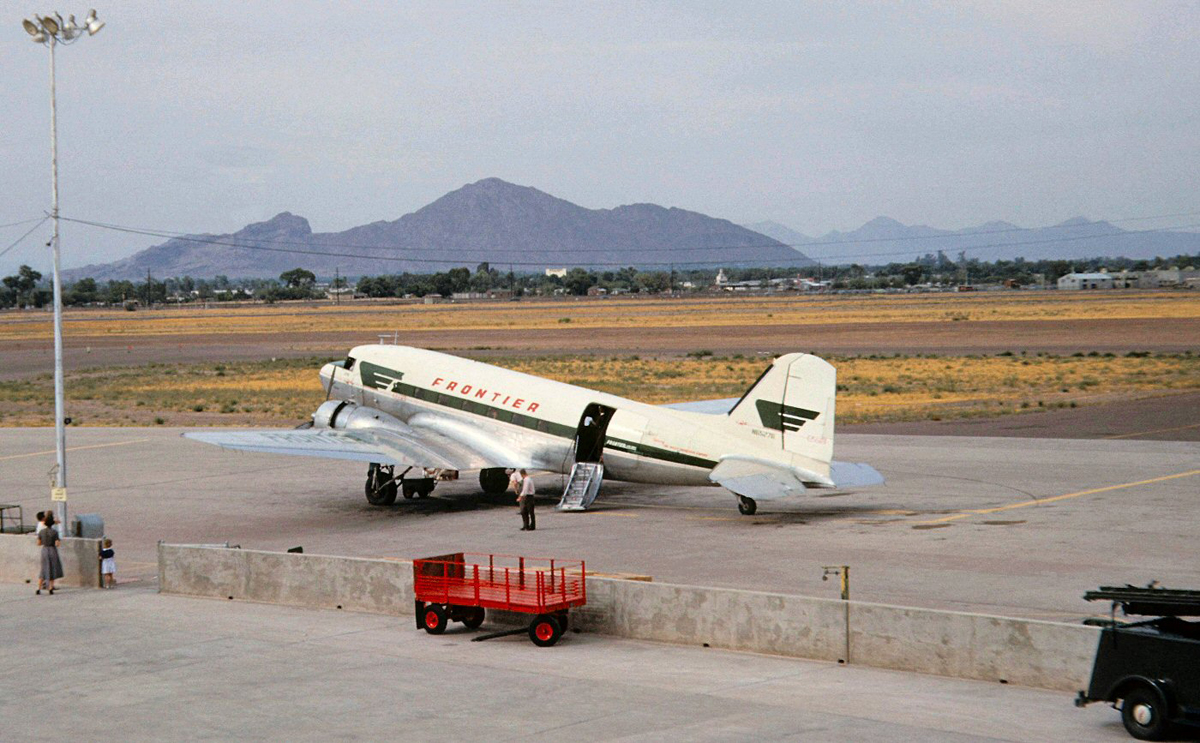Crash of a Convair CV-240-12 in Aspen
Date & Time:
Jan 17, 1970 at 0900 LT
Registration:
N270L
Survivors:
Yes
Schedule:
Denver - Aspen
MSN:
157
YOM:
1949
Crew on board:
3
Crew fatalities:
Pax on board:
24
Pax fatalities:
Other fatalities:
Total fatalities:
0
Captain / Total hours on type:
41.00
Circumstances:
Following an uneventful flight from Denver, the aircraft belly landed at Aspen-Pitkin County-Sardy Field Airport. It slid on the runway for several dozen yards before coming to rest. All 27 occupants were evacuated safely and the aircraft was damaged beyond repair.
Probable cause:
Wheels-up landing caused by a crew error. The following factors were considered as contributing:
- The pilot-in-command failed to extend the landing gear on approach,
- The crew failed to use the approach checklist,
- Failure of the landing gear warning and indicating components,
- Inadequate maintenance and inspection on part of the maintenance personnel,
- The gear warning horn was improperly set.
- The pilot-in-command failed to extend the landing gear on approach,
- The crew failed to use the approach checklist,
- Failure of the landing gear warning and indicating components,
- Inadequate maintenance and inspection on part of the maintenance personnel,
- The gear warning horn was improperly set.
Final Report:







